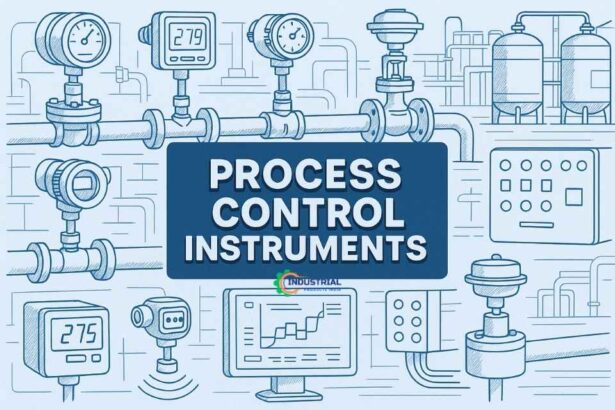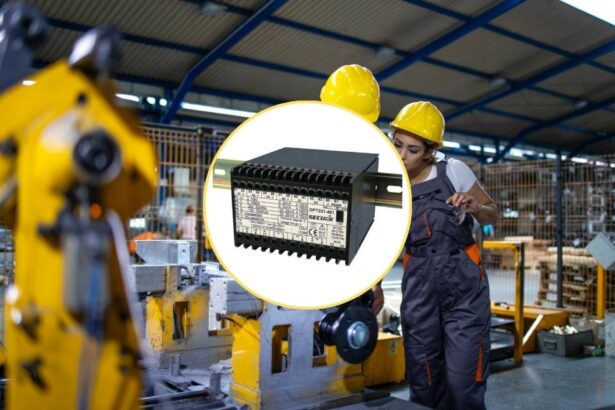As manufacturing continuously evolves, 2025 introduces revolutionary products designed to significantly enhance efficiency, safety, and productivity. Here’s our curated selection of the top 5 innovative industrial products reshaping the manufacturing industry:
1. Smart Predictive Maintenance Sensors
Gone are the days of costly unplanned downtime. Smart predictive maintenance sensors provide real-time monitoring of machinery health, predicting equipment failures before they occur. These sensors integrate seamlessly with IoT systems, allowing manufacturing plants to shift from reactive to proactive maintenance strategies, drastically reducing downtime and maintenance costs.
Key Benefits:
- Real-time health diagnostics
- Integration with IoT and AI platforms
- Significant cost savings on maintenance
Use Cases:
- Manufacturing plants with complex machinery setups
- Aerospace and automotive industries requiring stringent maintenance protocols
- Food processing facilities ensuring compliance and hygiene standards
2. Advanced Collaborative Robots (Cobots)
In 2025, collaborative robots have reached a new peak of precision and usability. These robots effortlessly handle repetitive and hazardous tasks alongside human workers, optimizing efficiency and workplace safety. Equipped with intuitive interfaces and advanced sensors, cobots are adaptable across various manufacturing processes.
Key Benefits:
- Enhanced safety and ergonomic design
- Easy setup and programming
- Versatile for various tasks and industries
Use Cases:
- Assembly lines in electronics manufacturing
- Pharmaceutical packaging and dispensing
- Handling hazardous materials in chemical plants
3. 3D Printing with Metal Composites
Metal composite 3D printing has matured significantly, enabling rapid production of complex parts with unmatched precision and strength. Manufacturers now print components on-demand, significantly reducing inventory requirements, production lead times, and material wastage.
Key Benefits:
- On-demand production capabilities
- Reduction in waste and inventory costs
- Complex geometries with high durability
Use Cases:
- Aerospace components requiring high strength-to-weight ratios
- Customized medical implants and prosthetics
- Rapid prototyping for automotive and industrial tools
4. AI-Powered Vision Systems
Artificial Intelligence-powered vision systems transform quality control in manufacturing environments. Capable of detecting microscopic defects and variations at high speeds, these systems ensure consistently superior product quality and drastically cut down the human inspection workload.
Key Benefits:
- Precise defect detection
- High-speed inspection capability
- Reduction in manual inspection efforts
Use Cases:
- Electronics manufacturing for detecting micro-scale defects
- Food and beverage industry for ensuring packaging integrity
- Automotive parts production for precise dimensional accuracy
5. Energy-Efficient Smart Motors
Energy efficiency takes center stage with next-gen smart motors designed for industrial machinery. These motors dynamically adjust their power usage according to real-time demands, significantly reducing energy consumption, operational costs, and environmental impact.
Key Benefits:
- Real-time power optimization
- Lower operational energy costs
- Reduced carbon footprint
Use Cases:
- Heavy machinery in mining and construction
- Industrial pumps and compressors in oil and gas facilities
- HVAC systems in large-scale manufacturing plants
Transforming the Manufacturing Landscape
2025’s innovative industrial products demonstrate the power of technology in revolutionizing manufacturing efficiency. By embracing these cutting-edge solutions, manufacturers can achieve new levels of productivity, sustainability, and competitiveness.







